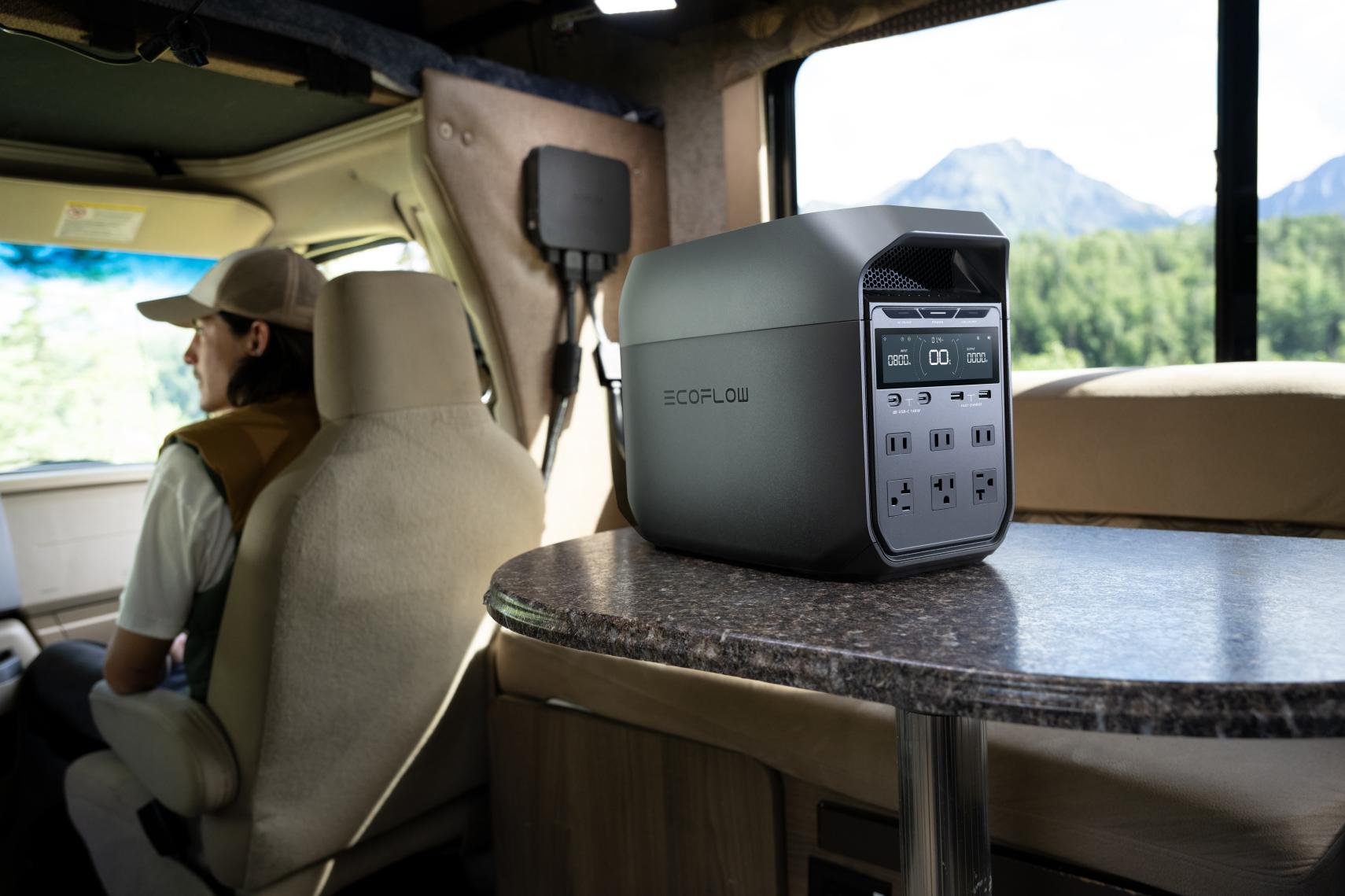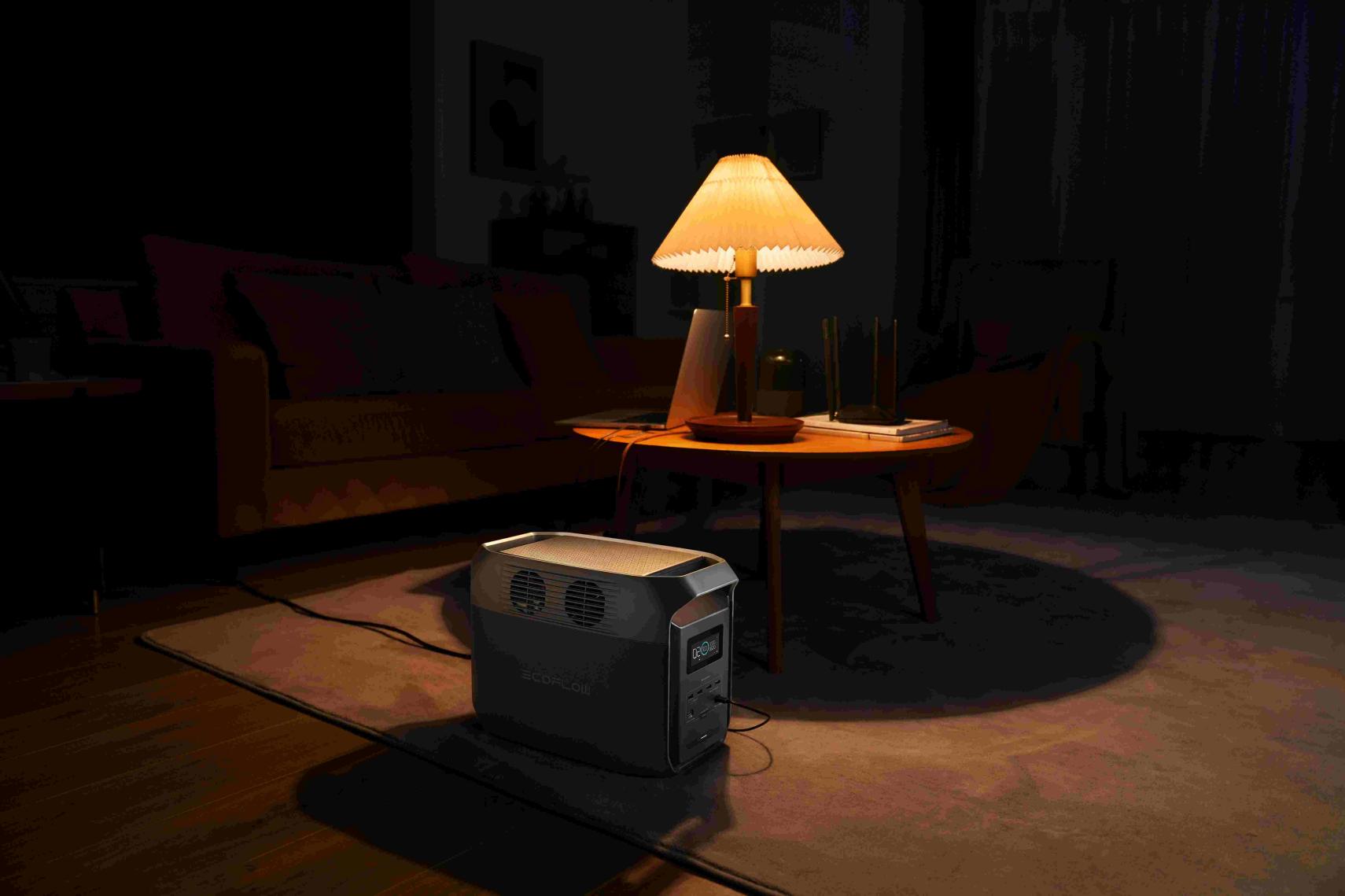How to Choose the Best Portable Power Station for Musicians and Street Performers
- What Makes a Portable Power Station Essential for Musicians?
- How Much Power Does a Street Performance Really Need?
- Key Features to Look for in a Portable Power Station for Music
- Real-World Ready: Why EcoFlow DELTA 3 Works So Well for Performers
- What Charging Options Should You Expect in a Portable Power Station?
- How Portability Affects Your Setup and Routine
- Final Tips: Choosing the Right Portable Power Station for Your Music Setup
- Music Deserves a Power Source That Moves with You
- FAQs: Portable Power Stations for Musicians & Street Performers
A good performance needs more than talent. It also needs electricity. Street musicians and performers often carry speakers, mixers, lights, and keyboards. But sidewalks don’t have outlets. Even small shows in parks or festivals might not have power nearby.
That’s where a portable power station comes in. It gives you energy wherever you go. But not every model fits the needs of performers. You don’t just need electricity. You need the right type, in the right amount, in a form you can move easily.
What Makes a Portable Power Station Essential for Musicians?
It’s your golden hour performance. You’re setting up for a sunset performance. Your keyboard and mic are ready, but your speaker dies halfway. The show stops.
This kind of situation happens often. Music gear relies on steady power. A portable power station gives you confidence. You can plug in your equipment and focus on the crowd, not the battery level.
For many musicians, a power station becomes part of their setup. It powers:
PA systems
Loop pedals
Audio mixers
Amplifiers
LED lights
Charging stations for phones or tablets
It supports long sets, last-minute gigs, or mobile travel. It also avoids the cost or limits of using noisy generators.
How Much Power Does a Street Performance Really Need?
Some artists only bring a guitar and a mic. Others need a full digital setup. Different gears have different powers, your power needs depend on your gear.
Here’s a basic idea:
Device | Average Wattage | Estimated Runtime (with 4000Wh) |
Speaker (PA system) | 100W | 30–35 hours |
Mixer | 50W | 60+ hours |
Keyboard | 30–80W | 35–100 hours |
LED Lighting | 40W | 80+ hours |
To estimate, you can multiply total wattage by hours used, then choose a portable power station that meets or exceeds that number in watt-hours (Wh). Look for models with at least 1000Wh if you perform longer than 3–4 hours or use multiple devices.
Key Features to Look for in a Portable Power Station for Music
Not all power stations are the same. Some are built for campers or RVs. Others are designed for emergencies. If you’re a performer, look for these features:
- High Capacity (Wh):
You’ll need enough energy to power multiple devices. Choose something with at least 1000Wh, or more if you use speakers and lights. - High Output (W):
Make sure it can handle the peak wattage of your gear. A good portable power station should support 1500W or higher. - Multiple Output Ports:
You may need AC outlets, USB-C, and DC ports. Having several lets you run everything at once. - Quiet Operation:
Performers can’t risk loud fans or motor hum. The station should run silently. - Recharge Speed:
Some gigs happen with little notice. Fast charging helps you stay ready. - Portability Features:
Wheels, handles, and compact design all matter when you’re loading in solo.
Real-World Ready: Why EcoFlow DELTA 3 Works So Well for Performers
Many portable power stations struggle to balance power and portability. The EcoFlow DELTA 3 solves that.
Here’s why it works especially well for music creators:
Here’s why it works especially well for music creators:
Massive 4000Wh Capacity: Plenty for day-long gigs with multiple power-hungry devices.
1800W AC Output with Surge Protection: Keeps your sensitive gear safe and powered.
13 Ports (AC, USB, DC): Plug in everything at once—mics, loopers, mixers, even a phone charger.
Roller Wheels and Telescopic Handle: Like luggage, it moves easily from van to venue.
Fast AC Recharge: Fully recharges in under 2 hours using a standard wall outlet.
Solar Input Ready: Perform outdoors? Add panels to charge while you play.
No Fuel, No Fumes: Silent and clean for small stages or public spaces.
You can focus on your performance. The EcoFlow DELTA 3 handles the power.
What Charging Options Should You Expect in a Portable Power Station?
Not every performance happens near a wall socket. That’s why recharge flexibility matters.
Common recharge methods include:
AC charging (home outlets) – Fastest option, ideal before a show.
Car charging (12V DC) – Useful when traveling between events.
Solar charging – Great for outdoor events or eco-conscious performers.
Look for a portable power station that accepts multiple input types. Even better if solar panels are easy to connect.
How Portability Affects Your Setup and Routine
Street performance is rarely stationary. You may change spots several times in one day. Festivals often need long walks from the car to the stage. And small venues don’t always offer help with unloading.
A power station that’s too heavy or bulky slows you down. It may even keep you from bringing other gear.
Here’s what to check:
- Weight under 60 lbs for easier solo lifts
- Built-in wheels and pull handle
- Compact footprint to fit in a trunk or back seat
Your power supply should move with you, not hold you back.


Final Tips: Choosing the Right Portable Power Station for Your Music Setup
Before you buy, ask:
- How many watts does my full setup use?
- How long do I usually perform without a power source?
- Will I need solar or car charging between gigs?
- Can I move this unit alone?
A good portable power station doesn’t just deliver power. It keeps your workflow smooth. It gives you freedom to play anywhere, anytime. And it saves you from worrying about last-minute power cuts or bad extension cords.
Music Deserves a Power Source That Moves with You
Being a musician today means staying flexible. You play in small clubs, parks, sidewalks, and backyards. You can’t always rely on the grid. A portable power station gives you a safety net and the freedom to focus on what matters: the music.
Choose carefully, and your power station will become as much a part of your setup as your mic or pedal board. For many street performers and mobile artists, it’s the upgrade they didn’t know they needed until they had it.


FAQs: Portable Power Stations for Musicians & Street Performers
Q1: Can I use a portable power station to run high-powered stage lights or fog machines?
Yes, but only if the power station has enough continuous output (in watts) and supports surge wattage. Many stage lights, strobe systems, or fog machines have high starting power needs, especially when first switched on. Check both the rated power and peak surge power of your equipment. A high-capacity portable power station with a pure sine wave inverter and at least 1800W output should work in most cases. Always leave 10–15% power headroom to prevent overload or sudden shutdowns during a performance.
Q2: Is it safe to use a portable power station in wet or rainy conditions during outdoor shows?
No portable power station should be used directly in the rain or in wet areas without protection. Even models with a rugged exterior are not waterproof unless clearly rated as IP-rated (e.g., IP65 or above). For outdoor performers, it’s best to use a weatherproof cover or set the unit under a raised platform, tent, or crate with ventilation gaps. Water exposure can lead to electric shock, short-circuiting, or damage to internal circuits. If rain is expected, plan ahead with protective gear for both your electronics and your power source.
Q3: Can a portable power station damage my audio equipment or introduce electrical noise?
If you’re using a pure sine wave portable power station, it is generally safe and compatible with sensitive audio gear like amps, mixers, and digital interfaces. However, low-end power stations with modified sine wave output can introduce noise or even damage electronics that require clean current. Always verify the inverter type before purchasing. It’s also helpful to use isolated power strips or power conditioners when using multiple devices together. For musicians, clean, stable power is essential for clear sound and consistent performance.
Q4: How do I monitor power usage in real time during a live performance?
Many advanced portable power stations include an LCD or app-based display showing real-time wattage output, remaining battery percentage, and estimated runtime. This allows performers to actively manage their usage. If your unit lacks such a feature, consider using an external power monitor plug. Also, rehearse with your setup beforehand to understand the typical power draw under live conditions. Avoid running the battery below 20% to protect longevity and reduce performance risk during encores or extended sets.
Q5: What’s the expected battery lifespan of a high-capacity portable power station, and how does that impact musicians?
Most lithium iron phosphate (LiFePO₄) based power stations—like the EcoFlow DELTA 3—offer over 3,000 full charge cycles before capacity starts to noticeably degrade. For an active performer using the station 3–5 times a week, this equates to several years of reliable use. Unlike gasoline generators, battery units require minimal maintenance. However, storage conditions matter: always store in a cool, dry place and avoid leaving the unit fully discharged for long periods. Long lifespan means you can rely on it for full tours, weekly gigs, and spontaneous performances without frequent replacements.